After May 15, 2013 government offices in Pakistan are banned from using their air-conditioning units as the country continues to battle severe shortages in natural gas and energy. The air-conditioning ban was announced through an official statement that was prepared by the Prime Minister of the caretaker government Mir Hazar Khan Khoso.
Pakistan’s capital Islamabad experiences regular power cuts lasting up to eight hours every day. In the meantime, rural areas experience up to 18 hours without electricity per day. According to Prime Minister Khoso, the air-conditioning ban will be imposed until there are significant improvements in the energy situation in the country.
A daily struggle
Pakistanis have been struggling with widespread power outages for a period of time now. And the magnitude of the problem has just been confirmed by this particular directive. This may seem a paltry sacrifice, but summers in Pakistan can be very hot indeed.
Pakistan summer temperatures can reach up to 128 degrees Fahrenheit or 53.5 degrees Centigrade. This record high temperature was measured in 2010 and remains the hottest summer temperature on record in continental Asia. May and June temperatures in the Sindh province would typically reach up to 120 degrees Fahrenheit or 48.9 degrees Centigrade. With the ban in air-conditioning, Pakistanis are in for a very uncomfortable summer indeed.
In the past few years, the energy crisis that Pakistan was experiencing was estimated to cost the country up to 4% of gross domestic product as estimated by the National Bureau of Asian Research.
A dress code as well
In addition to the air-conditioning ban, government employees are assigned a stringent dress code for the summer. The dress code specifies that employees should wear light-colored or white clothes such as light gray, sky blue, beige, off-white and cream. For men full-sleeved or half sleeved shirt/bush shirt are indicated. Men are also directed to wear shalwar kameez with waist coat or trousers. Another concession given to government workers is that they can wear shoes with no laces or moccasins. They may also wear shoes with straps (sandals) with no socks while the aircon ban is enforced.
The dress code is to be implemented in order to help the employees cope with the lack of air-conditioning at the workplace. Public servants were given a week to prepare for the changes in their work attire. The office of the prime minister released the official memo that provides the details of the dress code.
Austerity measures already in place
The austerity and energy conservation drive is already enforced in the Prime Minister’s House. Throughout the building, the occupants have already discontinued the use of air-conditioning units to serve as an example to the rest of the country.
Prime Minister Khoso is hoping that the government’s energy conservation efforts would be implemented not just by provincial governments but by private institutions as well. He also enjoins Pakistani citizens to adopt conservation measures in their homes and business establishments. All these sacrifices are intended to minimize power cuts that Pakistan has been struggling with for a long time.
Photo Credit: City Blvd., Islamabad, Pakistan


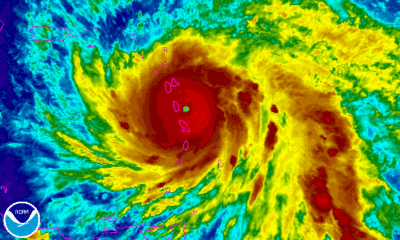
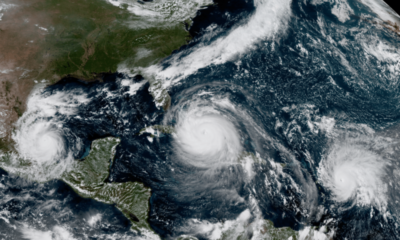
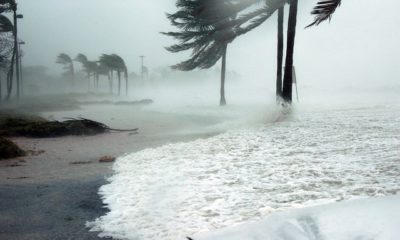
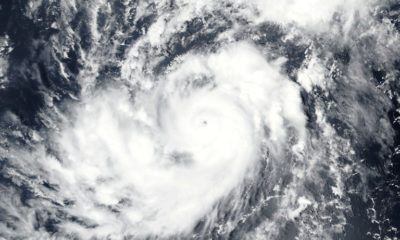

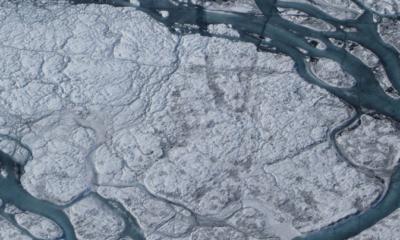
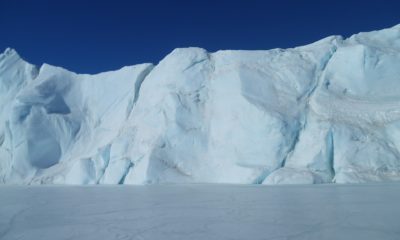






Facebook
Twitter
Pinterest
Google+
LinkedIn
Email